2025-11-02
Where Did Yoga Originate? Uncovering the Ancient Origin of Yoga
Delving into the history of yoga to learn more about its beginnings, its development, and its ongoing growth.
 954-694-6479
954-694-6479The Origins and History of Yoga
When you hear the word, “yoga,” what comes to mind? Some might think of it mainly as a form of meditation, whereas others might primarily view it as something people do to get fit and flexible. But yoga is much more than either of these things, and there’s no better way to prove that than by looking back at the origin of yoga.
Research shows that 1 in 3 Americans have tried yoga at least once, a sign of how readily the practice has been adopted in the West. With this once-foreign tradition having become so commonplace, it can be easy to think about it in a reductive way. But millennia of history, all the way up to yoga’s current cultural relevance, prove that it has a deep sustaining meaning.
Yoga is a spiritual practice with cultural roots stretching back thousands of years. Today, the tradition has grown many different branches, but they all trace back to the same place.
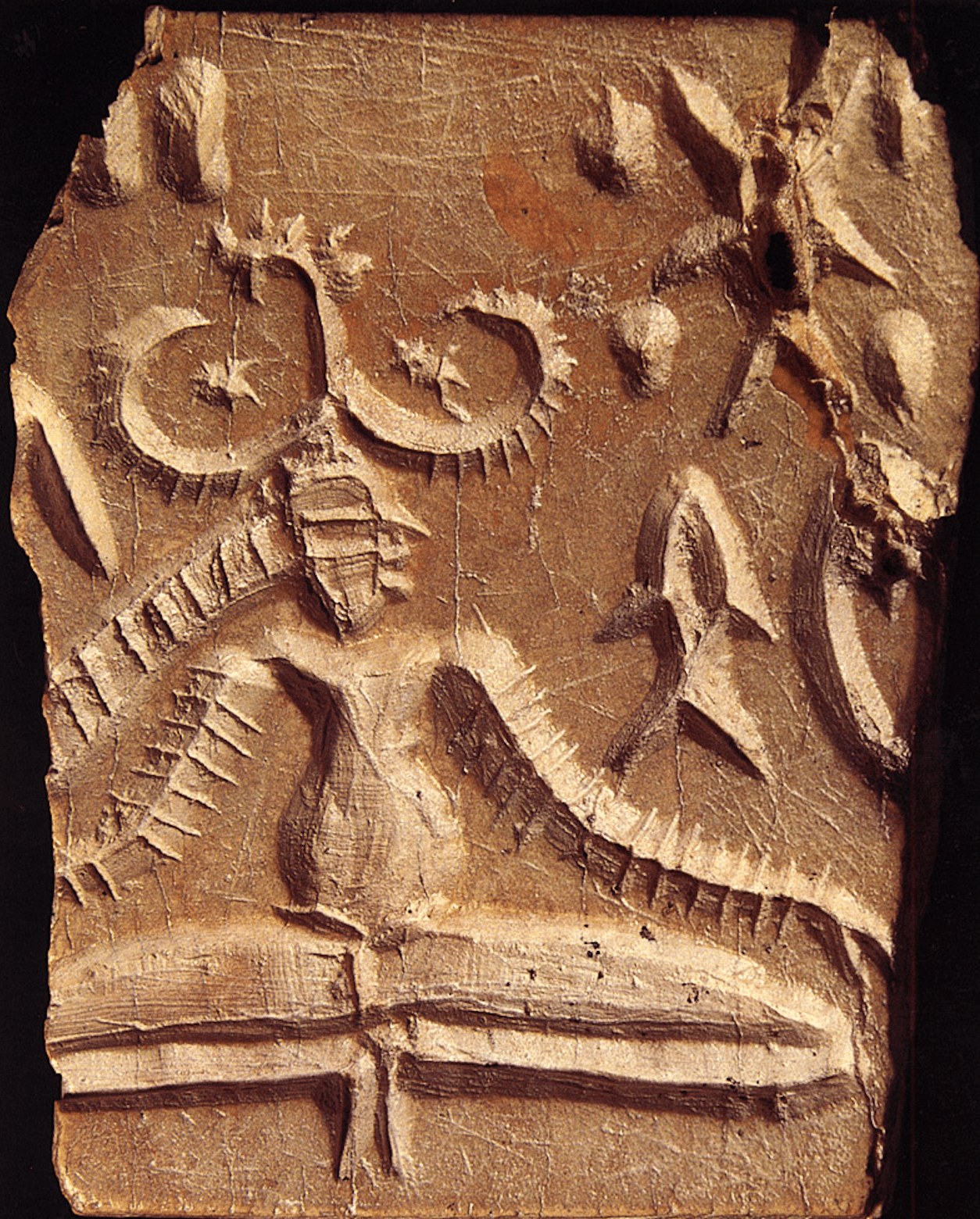
Harappa.com, CC0, via Wikimedia Commons
Birth of a Tradition, c. 3000 BCE
The very origin of yoga is widely believed to be in the ancient Indus-Saraswati civilization. Found in what is now the northwest of India, it was one of the largest and most advanced ancient civilizations now known to the world. At Mohenjo-Daro, an archaeological site linked to this ancient civilization, soapstone seals were discovered bearing the image of a yogi in the traditional lotus pose.
For many centuries after its birth, the teachings of yoga were not written down, but conveyed primarily through memorization and recitation—an oral tradition. As such, we don’t have much in the way of primary sources from this time to help us understand how the tradition may have evolved in its early years.
While not too much can be said for certain about these earliest beginnings of yoga, this clear link to the Indus-Saraswati civilization suggests that the practice may be as many as 5000 years old. These ancient origins laid the necessary foundations for inheritors of the practice to expand on over the next few millennia.
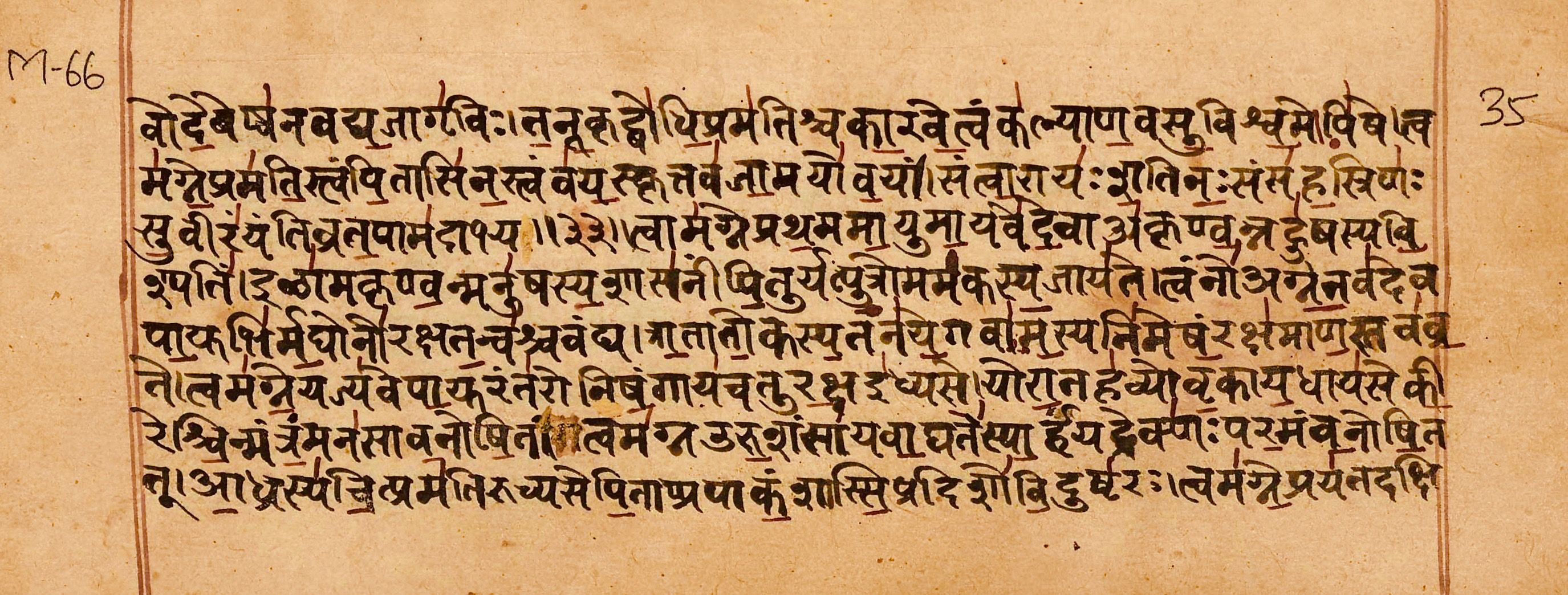
Ms Sarah Welch, CC BY-SA 4.0, via Wikimedia Commons
Foundational Texts, c. 1500 BCE
As mentioned previously, for hundreds of years after its inception, yoga was primarily an oral tradition. This makes the preservation of the Vedas, the foundational religious texts of not only yoga but also of Hinduism, a truly impressive feat.
Though the Vedas are thought of as ancient texts, historians believe that for many centuries, they were preserved solely through memory and recitation. It wasn’t until 1500 BCE, at the earliest, that these texts were first written down in Sanskrit.
There are a total of four Vedas, but the oldest, the Rig Veda, also contains the first known mention of the word, “yoga.” The word comes from the Sanskrit “yuj,” which means to join or unite. This appropriately communicates how yoga is a practice which brings body, mind, and soul into harmony.
Since this time, many more important texts have been penned which helped build a foundation for the yogic tradition. Some notable additions include:
The Bhagavad Gita, c. 750 BCE
The Bhagavad Gita is part of a greater epic called the Mahabharata, with a focus on the importance of dharma, a religious and spiritual concept which could be said to represent both duty and purpose. The Bhagavad Gita outlines various paths of yoga, all of which are aimed at the same goal of spiritual growth:
- Karma Yoga emphasizes selflessness, and the concept of dharma, a personal duty and life purpose.
- Jnana Yoga emphasizes knowledge, through study, introspection, and detachment from the material world.
- Bhakti Yoga emphasizes devotion, a pure-hearted connection to and reverence for the divine.
The Yoga Sutras, c. 200 BCE
The Yoga Sutras are a compilation of philosophies and ideas contained in the yoga tradition, penned by the sage Patanjali, which includes a section on what we now consider the eight limbs of yoga. These eight limbs help to define all the many areas of practice which make up a whole and balanced discipline, including ethical principles, bodily posture, breath control, and meditation.
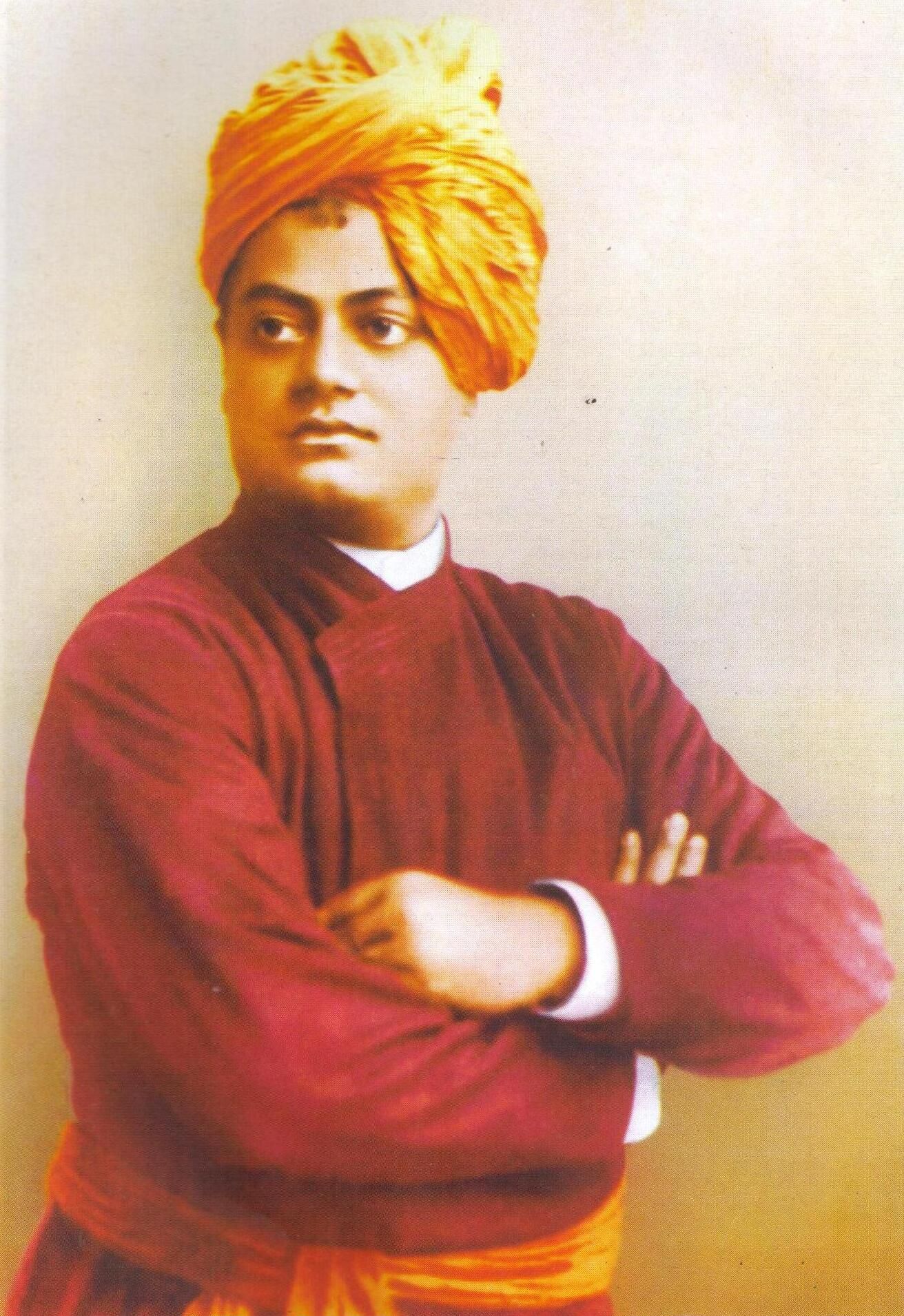
Thomas Harrison, Public domain, via Wikimedia Commons
Outgrowth and Development
Over the last two thousand years, yoga would continue to evolve, and it was during this time that yoga would begin to extend its reach across the world. Yoga was properly introduced to the Western world around the 19th century CE.
A notable influence in this trend was Swami Vivekananda, whose address at the 1893 Chicago Parliament of Religions was incredibly well-received. Through this speech, Vivekananda helped to establish a greater understanding of Hinduism in the United States and encouraging Americans to embrace further enlightenment on Hindu thought, saying, “I am proud to belong to a religion which has taught the world both tolerance and universal acceptance.”
By establishing more acceptance of Hinduism in the United States, Vivekananda also opened the way for Americans to take up an interest in yoga practice, which might have initially seemed foreign and distant to them.
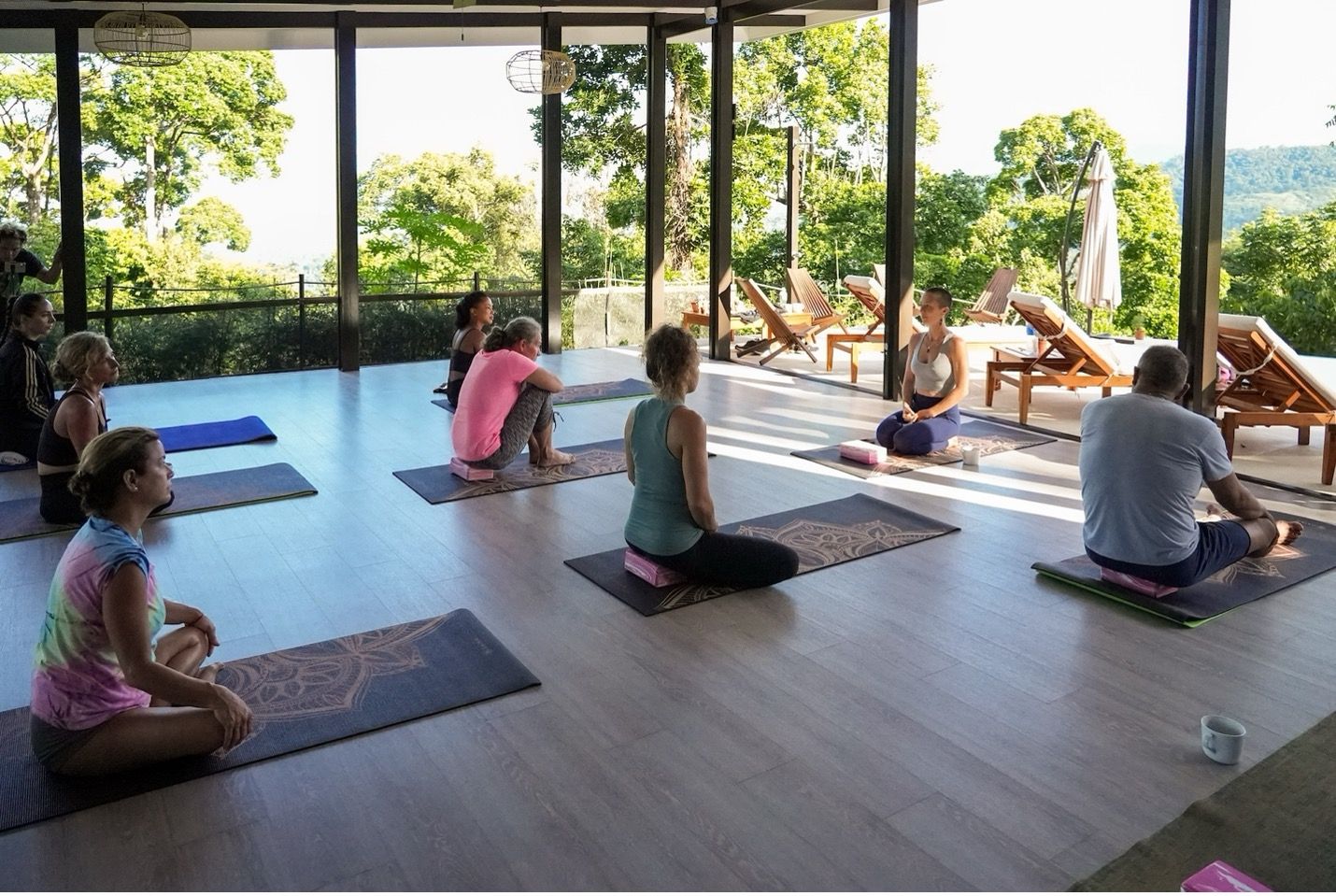
Yoga of Our Time
In the modern age, yoga has only grown to become more popular both in the United States and around the world. With tens of thousands of yoga studios across the globe, the benefits of yoga practice are now more easily enjoyed by people from all kinds of backgrounds.
Beyond dedicated studios, the practice of yoga has become integrated into other forms of education, wellness programs, and fitness practices. Dozens of studies have found a variety of health benefits relating to yoga, both physical and psychological.
Whether through regular attendance at a yoga studio, planning an event at a yoga retreat venue, or attending a yoga teacher training retreat, there are many ways to learn, practice, and share the teachings of yoga. And though many people today primarily understand yoga in its postural form, through poses or asanas, the rich history of yoga reminds us of how much more there is to embrace within the yogic tradition.
From yoga’s origin to the modern day, it has been more than a simple wellness practice—it permeates its way through culture, in many forms, empowering all of us to personal growth just as it did in the beginning.
Frequently Asked Questions
How old is yoga?
Yoga is estimated to be around 5,000 years old, based on early images recovered by archaeologists. There is no exact date that can be named as the true point of origin of yoga, as the practice has a rich and complex history with no single founder.
What civilization is yoga related to?
Yoga is a broad and longstanding practice which has touched a great many cultures throughout history, however, it is perhaps most strongly related to the Indus-Saraswati civilization, which civilization produced what are now the oldest known direct references to the yogic tradition.
Where did yoga originate?
Yoga appears to have originated in the Indus-Saraswati civilization, spanning parts of modern-day India, Pakistan, and Afghanistan.
Is yoga a religion or a philosophy?
Yoga is not exclusively a religion or a philosophy, though it has strong roots in both religion and philosophy. Rather, it is an ancient practice incorporating millennia of religious, philosophical, spiritual, and cultural tradition into a unified way of life.
Is yoga a Hindu or Buddhist tradition?
While the origin of yoga is more directly linked with Hinduism, it can be considered both a Hindu and a Buddhist tradition. The principles of yoga are interwoven into both religious histories, and both Hindu and Buddhist ideas appear to have made their mark on the foundational texts of the yogic tradition.
Sources
- Dasgupta, Sohini. “Vivekananda.” Encyclopædia Britannica, Encyclopædia Britannica, inc., 29 Aug. 2025, www.britannica.com/biography/Vivekananda.
- Mark, Joshua J. “The Vedas.” World History Encyclopedia, 9 June 2020, www.worldhistory.org/The_Vedas.
- Pandurangi, Ananda K., et al. “Yoga: Past and Present | American Journal of Psychiatry.” Psychiatry Online, Jan. 2017, https://doi.org/10.1176/appi.ajp.2016.16080853.
- “Swami Vivekananda and His 1893 Speech.” The Art Institute of Chicago, www.artic.edu/swami-vivekananda-and-his-1893-speech.
- “The Vedas: The Once and Future Scriptless Texts.” University of Oxford Humanities Division, www.humanities.ox.ac.uk/vedas-once-and-future-scriptless-texts.
- “The Threefold Path of the Bhagavad Gita: Karma, Jnana, and Bhakti.” Philosophy Institute, 10 Apr. 2025, philosophy.institute/indian-philosophy/threefold-path-bhagavad-gita-karma-jnana-bhakti/.
- “Timeline of Important Yoga Texts.” Keen on Yoga, 12 Aug. 2022, www.keenonyoga.com/timeline-of-important-yoga-texts.
- Wei, Marlynn. “New Survey Reveals the Rapid Rise of Yoga - and Why Some People Still Haven’t Tried It.” Harvard Health, Harvard Health Publishing, 7 Mar. 2016, www.health.harvard.edu/blog/new-survey-reveals-the-rapid-rise-of-yoga-and-why-some-people-still-havent-tried-it-201603079179.
- “The Yoga Sutras of Patanjali: How This Ancient Guide Can Help You Find Inner Peace.” East+West Yoga, 22 July 2025, yogaeastwest.com/explore/yoga_certification/the-yoga-sutras/.
Recent Posts
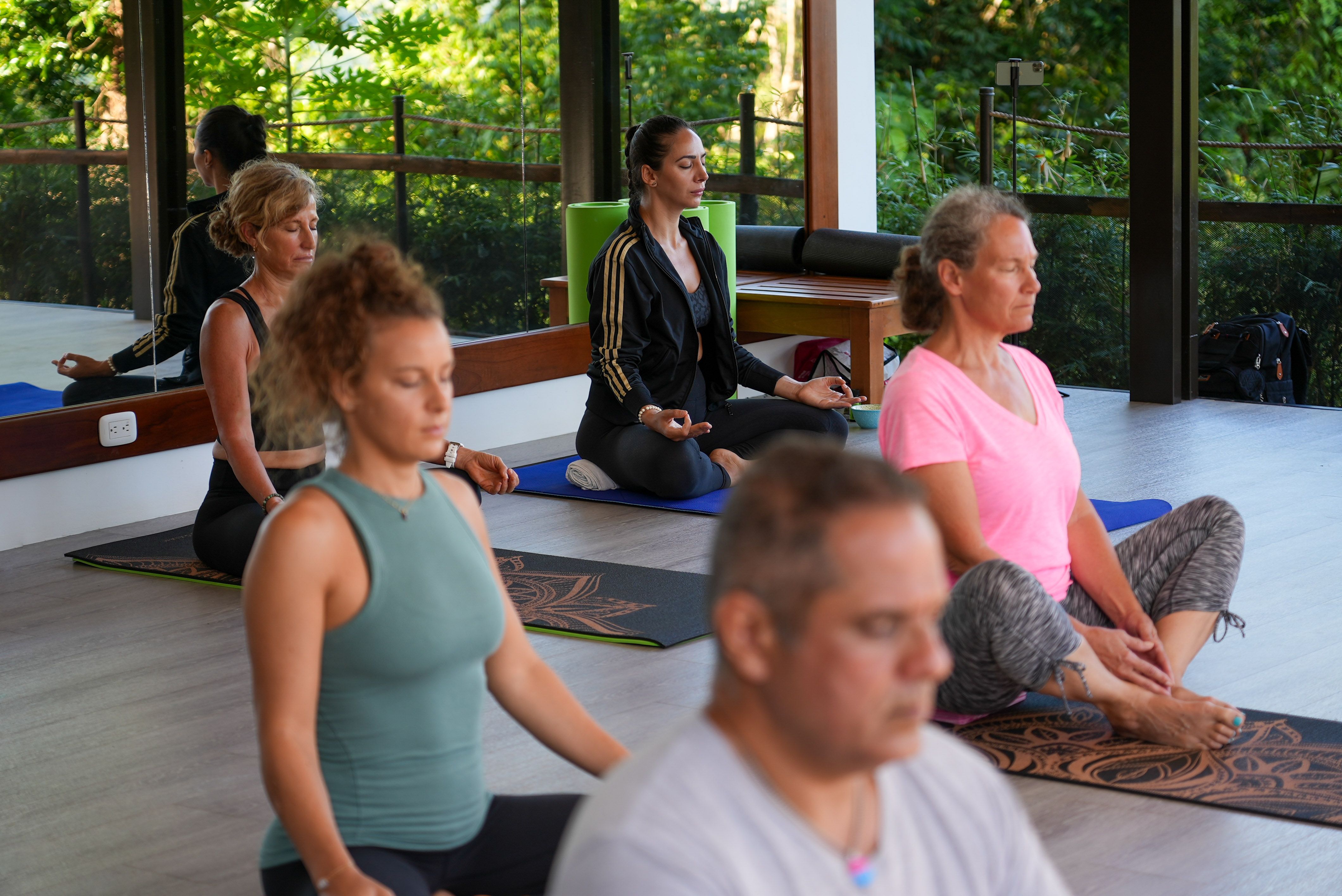
Where Did Yoga Originate? Uncovering the Ancient Origin of Yoga
Delving into the history of yoga to learn more about its beginnings, its development, and its ongoing growth.

Top 5 Costa Rica Vacation Rentals: Finding Your Spot in a Natural Paradise
5 casa and villa rentals in Costa Rica featuring gorgeous views, comfortable stays, and lots of nearby attractions to enjoy.
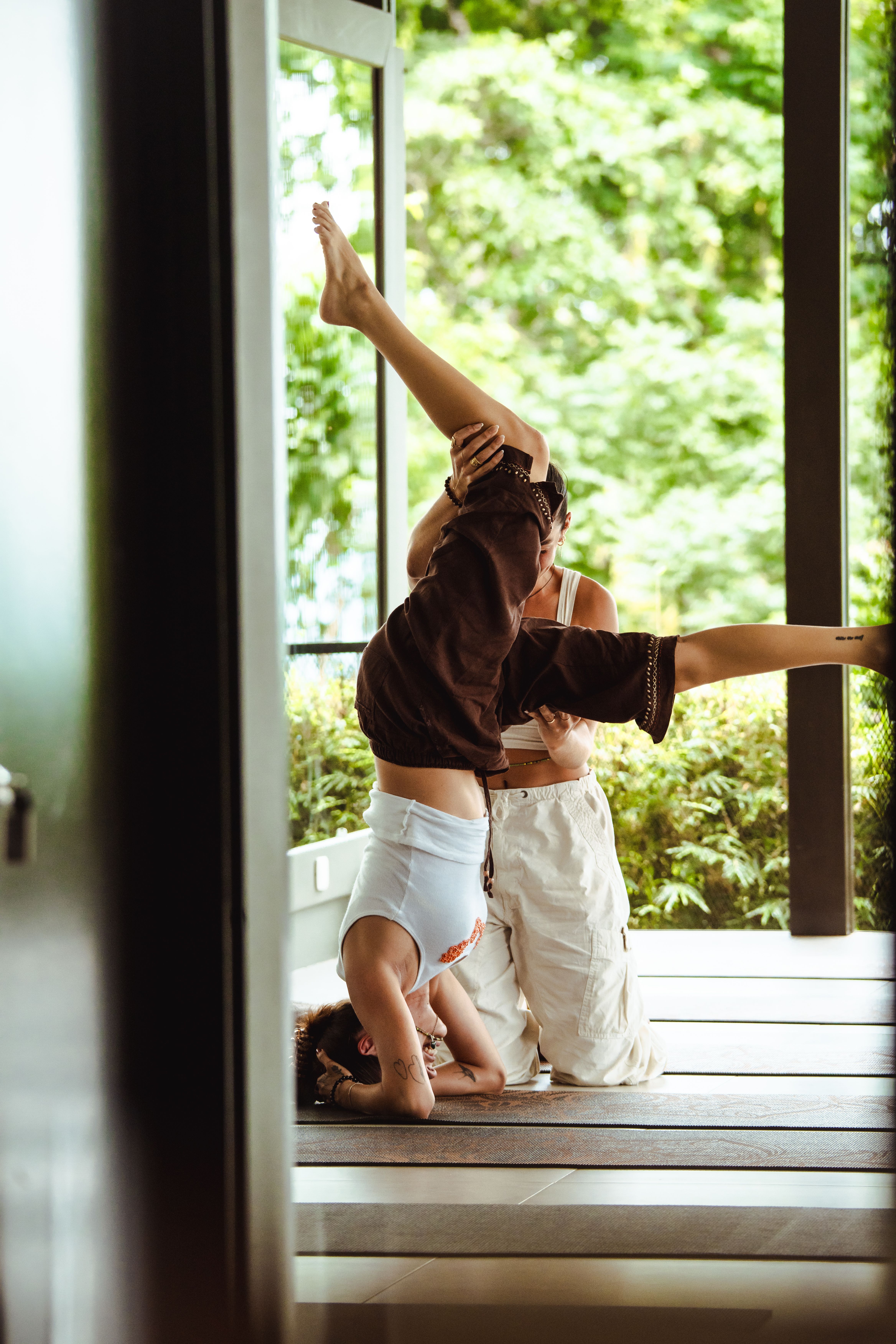
2 Person Yoga Poses: Easy, Medium, & Hard Asanas to Try with a Partner
Nine different yoga poses 2 people can do, ranging from easy to hard. Grab a friend and give them a try!
Deepen Your Practice in Costa Rica
With supportive guidance, modern amenities, and a serene jungle setting, Vajra Jahra Retreat Center offers the perfect environment to focus, grow, and transform.
Get Started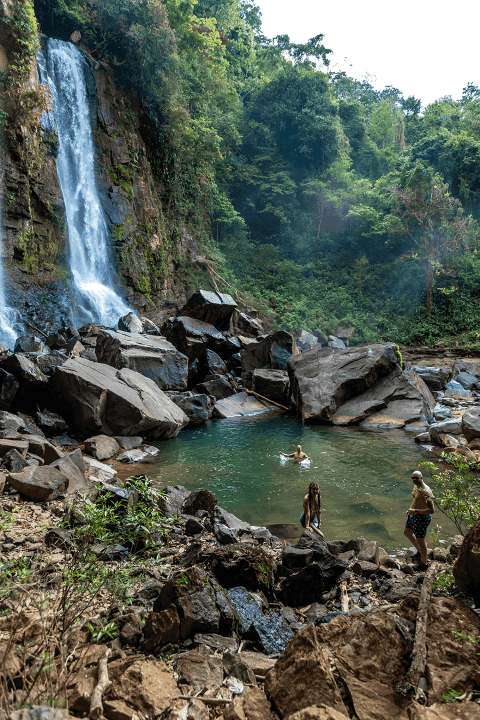 Get Started
Get Started